The SPIRIT of it all: “Where Does It Come From”, continued
As The Volstock Payoff begins to post this week, it seems a particularly appropriate “Throwback Thursday” to bring up The Spirit and it’s creator Will Eisner. Actually, I feel it’s stretching a point to consider Eisner’s work in any way to be a “throwback”, because the techniques, effects, themes and overall approach to creating and constructing a comics (or “graphic novel”– of which he essentially created the form and concept) remain at the very core of the visual storytelling vocabulary we all continue to work with as we ply this trade. Cinematic effects, compressed– and decompressed– storytelling, dramatic lighting, themes and characters with moral ambivalence and subtle, shifting, conflicting motivations, explorations of the effects of social structure on the individual, explorations of the effects of individual conscience on a society… the list could go on and on . For Eisner’s contributions to this art form are almost literally infinite and inexhaustible.
I won’t attempt anything like a fresh analysis of what Eisner created through the incredibly volume of his work. Others have plowed that field more ably than I could ever aim to match. And just picking up any volume of his work, from the numerous collections and reprints of The Spirit stories, to his equally ground-breaking graphic novels beginning with the very first one, A Contract With God, to his own texts on the art of the cartoonist such as Comics and Sequential Art or Graphic Storytelling and Visual Art will readily acquaint you with the depth and breadth of Eisners vision, craft and passion for the art of visual storytelling. These snapshots are from three of my most prized volumes in my comics library– the great Will Eisner Sketchbook from Dark Horse that collects many priceless original pencils drawings that hold such spontaneous and vivid cartoonist energy, a dog-eared copy of the old Warren Publishing collections of The Spirit from the ’70’s which is where I got my first exposure to Eisner’s timeless creation, and lastly from the IDW “Artist’s Edition, full of breathtaking scans of Eisner original pages.
Why with the posting of the current Trekker story is Eisner particularly appropriate? Well, so much of the atmosphere and story approach I will be striving for here was clearly inspired by Eisner. From the moody, urban crime setting to the “human interest” feeling, where the true subject of a Spirit tale was often not the Spirit himself, but rather the surrounding characters– citizens, arch foes or supporting allies of the “main” character. How close I’ll get to the deft touch and deep effect that Eisner regularly achieved remains to be seen, of course, but reading Eisner always inspires me to stretch toward new goals. I’m sure that’s true for any of my comic-making colleagues. And it’s just one more of Eisner’s on-going contributions to comics.
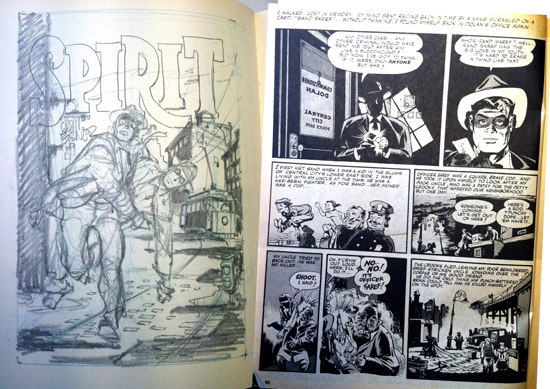
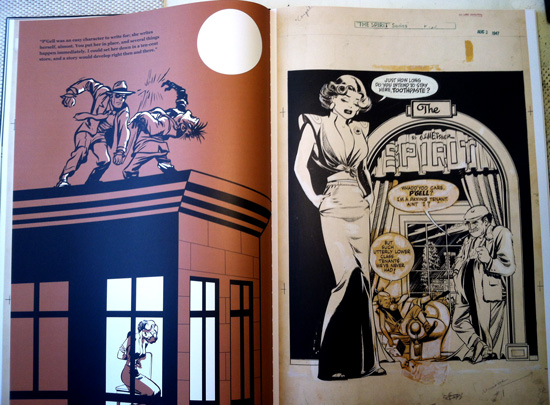
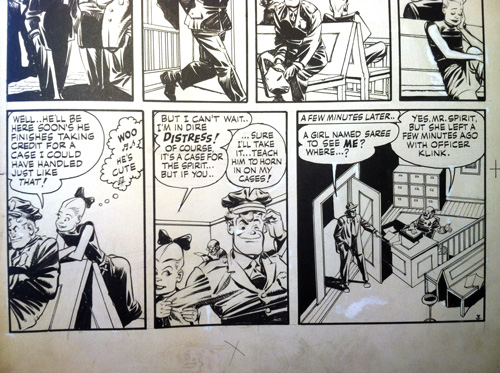
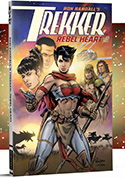

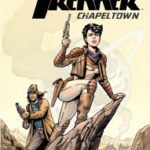
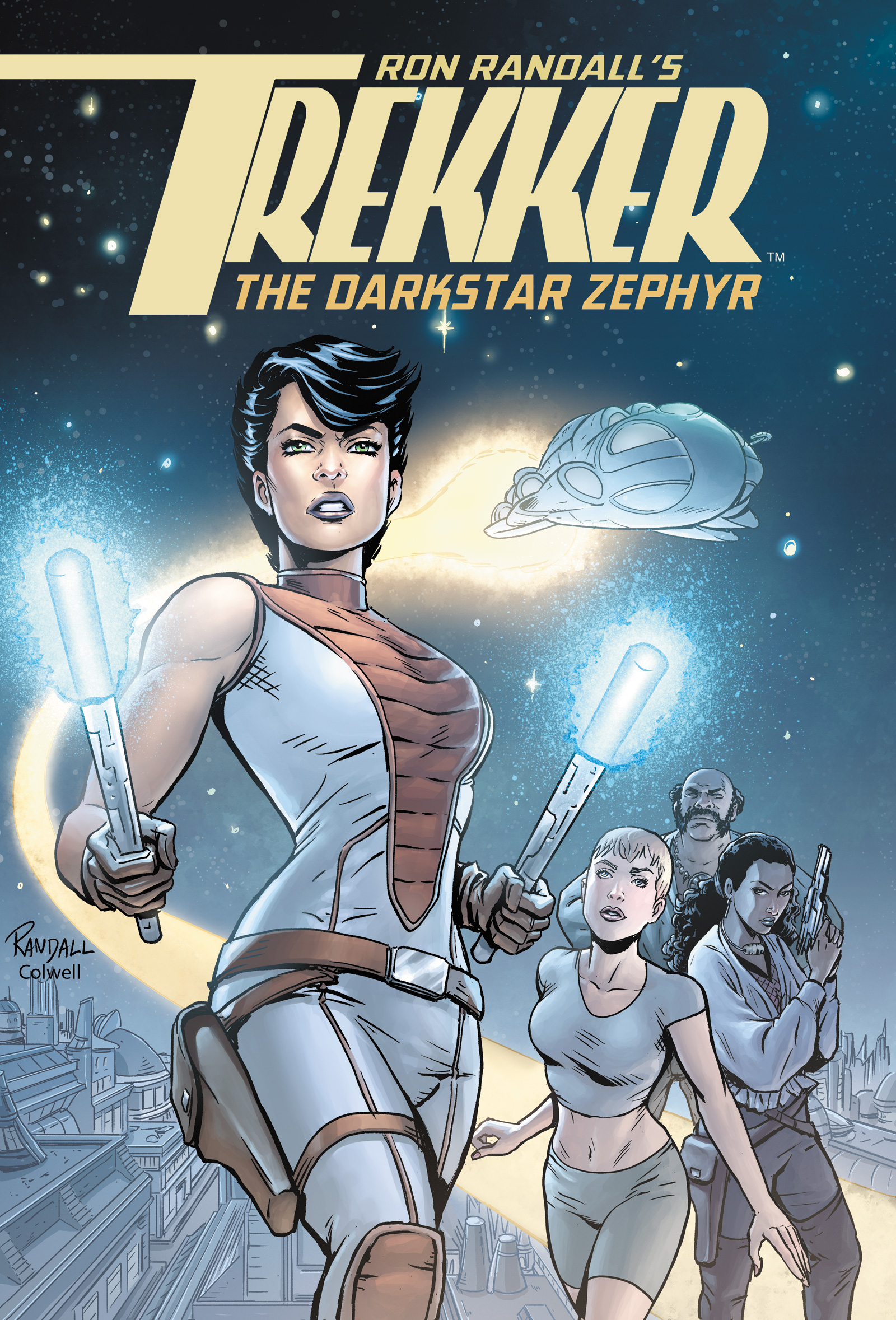

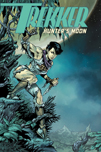
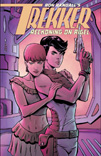

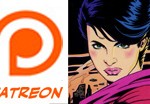

 AL WILLIAMSON
AL WILLIAMSON JEREMY COLWELL
JEREMY COLWELL JOE KUBERT
JOE KUBERT MARK SCHULTZ
MARK SCHULTZ PAUL CHADWICK
PAUL CHADWICK PERISCOPE STUDIO
PERISCOPE STUDIO RonRandall.com
RonRandall.com THOMAS YEATES
THOMAS YEATES FAMILY MAN
FAMILY MAN MAD GENIUS COMICS
MAD GENIUS COMICS PERILS ON PLANET X
PERILS ON PLANET X QUANTUM VIBE
QUANTUM VIBE THE LAST DIPLOMAT
THE LAST DIPLOMAT THRILLBENT
THRILLBENT TRANSPOSE OPERATOR
TRANSPOSE OPERATOR
I am really enjoying your entries on the “Where did it come from” series.
Thanks, Jon– I’ll try to keep them coming! There are plenty of sources for any of us, I believe. Nice to have a chance to acknowledge them in this format.